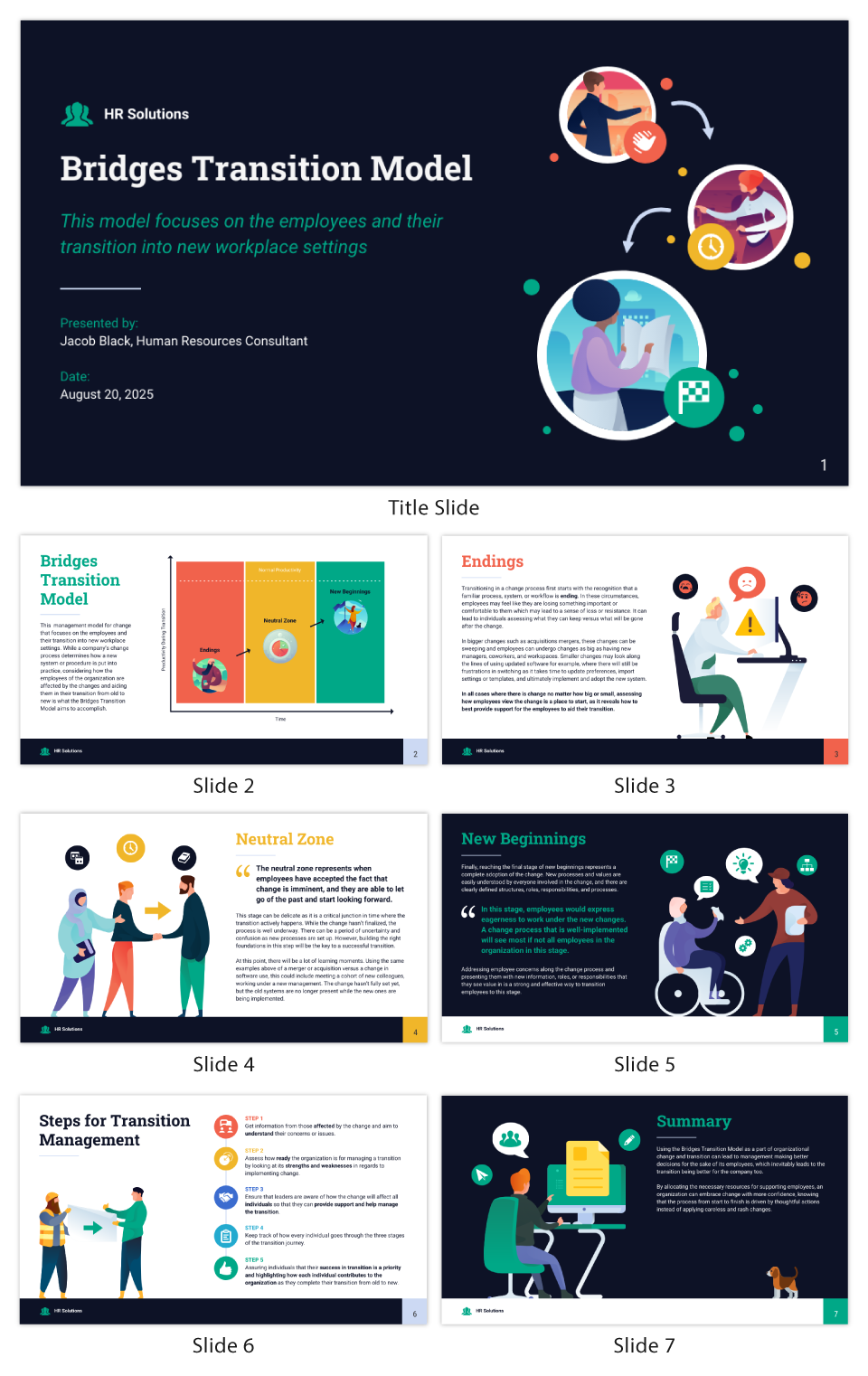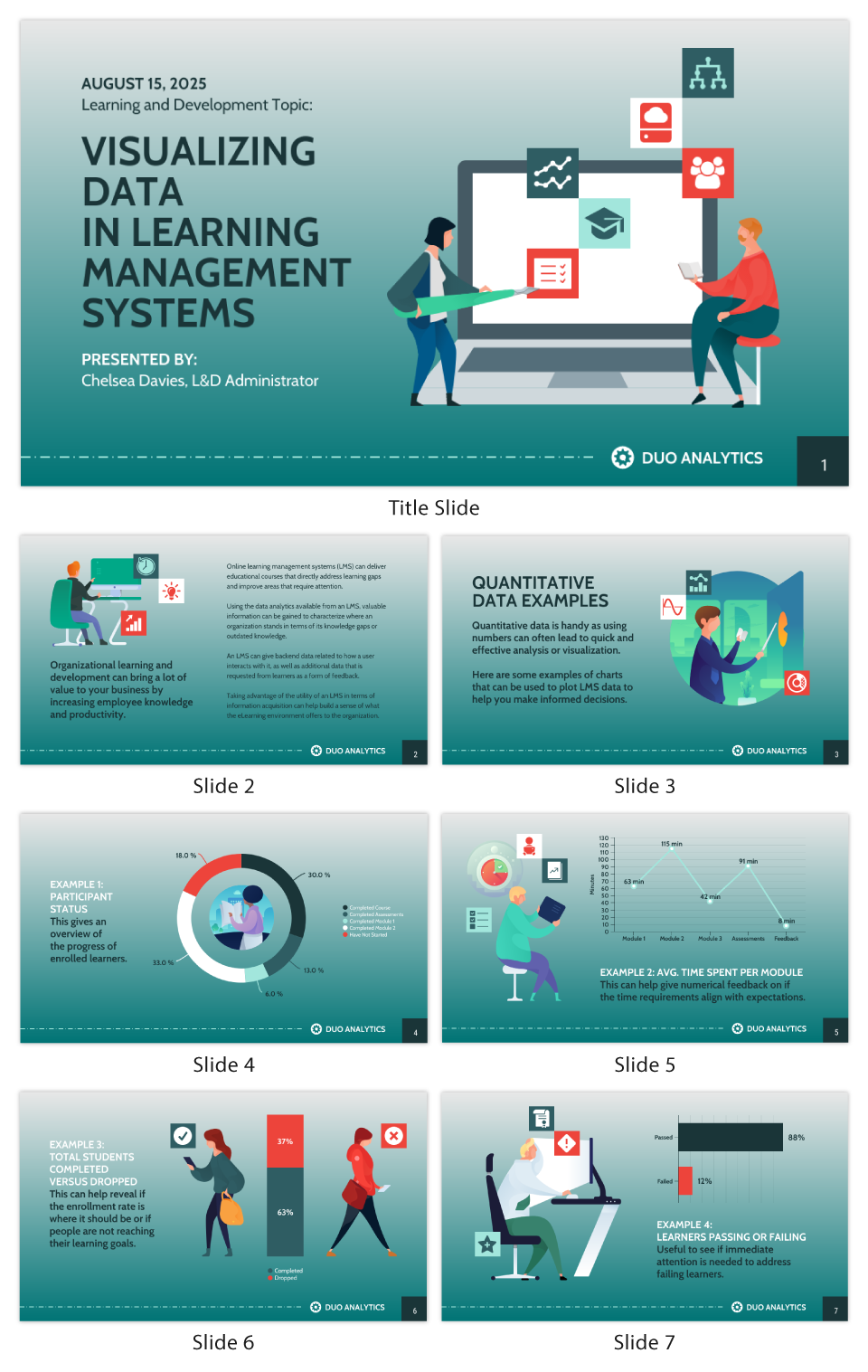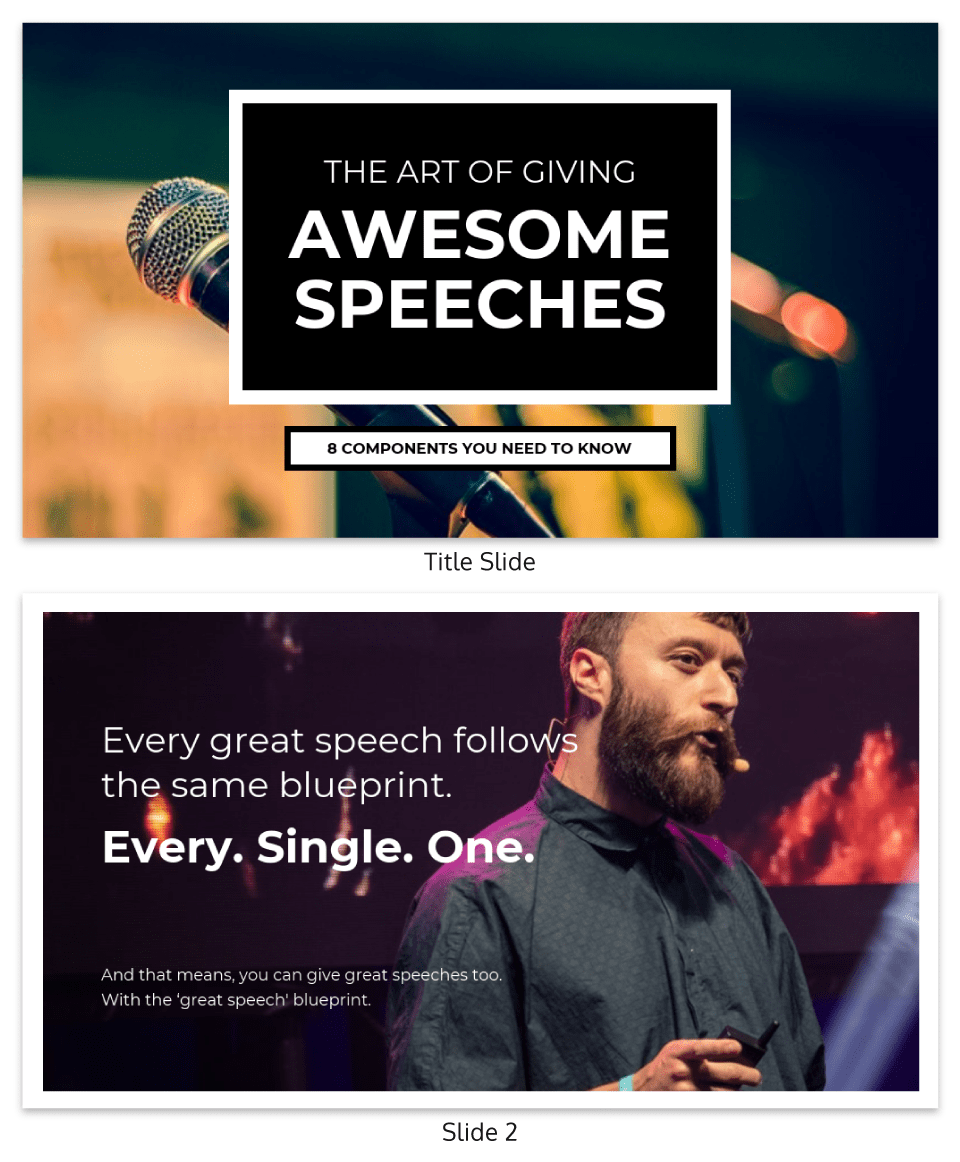How to Create A Convincing Presentation Deck Filled With Data
A presentation deck is a powerful tool to get your point across. Having data to support your arguments is key. Not only will it make your case more convincing, but it can also help keep your audience engaged. However, gathering data and compiling it into a cohesive deck can be a daunting task.
Here are a few tips to make the process of creating one a little bit easier:
1. Identify your goal or thesis statement
The first step in creating a presentation deck is to identify your goal or thesis statement. This is the main point that you want to get across to your audience. Once you have identified it, you can start gathering data that will support it. Make sure that the data you include is relevant and easy to understand.
2. Find credible sources for your presentation
When including data in your deck, one of the best ways to make it more credible is to use credible sources. Stick to facts. Make sure to only refer to and include reliable and reputable sources, and avoid using anecdotal evidence or making assumptions based on limited data. This will help ensure that your arguments are more convincing as well as lend credibility. This will also help to avoid any potential accusations of bias.

3. Organize your data
Once you have collected all of the data, it's important to organize it in a way that makes your data easy to understand. Charts and graphs can be a great way to present data in an easily digestible format. However, you don’t want to overload your audience with too much information at once. Try to strike a balance between providing enough detail to support your argument and keeping things concise and easy to follow. Make sure to highlight the most important points and present them in a logical order. This will make it easier for your audience to follow the flow and logic of your argument.
4. Be concise
Your audience is not going to want to sit through a long presentation filled with data. Try to be concise and focus on the most important points. If necessary, you can always provide supplemental information in a handout or on your website. This will help keep your presentation on track and ensure that your audience stays engaged.
5. Use visuals on your presentation deck
Including visuals in your presentation deck can be extremely helpful. Not only do they help break up the text, but they can also help illustrate your points.
On the other hand, while visuals can be helpful in getting your point across, you don’t want them to distract from the data itself. When selecting visuals, make sure to choose ones that are relevant and easy to understand. Too many visuals can be overwhelming and can actually have the opposite effect of what you’re trying to achieve so be smart about what and how to use them.

6. Try a Presentation Designer
If you're looking for an easier way to create slides that are both professional and convincing, consider using a presentation designer. These tools allow you to easily create slides with graphs, charts, and other visuals. It can help take your data and turn it into polished slides that will help support your argument and engage your audience. They also provide a wide range of templates and designs that you can use to get started. This can be a great way to quickly put together a presentation that looks polished and well-thought-out. One platform is Venngage. It has several presentation deck templates you can choose from to match the theme and style of your topic, or you can totally customize them to fit your needs better. You can also add other Venngage infographics to your deck to make your deck even more interesting.
Bonus Tips for your pitch deck
You have a well-structured and data-centric presentation in your hand. You only have to deliver it. But for those not used to speaking in public, presenting your data in a convincing way can be quite nerve-wracking.
Be prepared for questions
No matter how well-researched your deck is, there will always be questions from your audience. Be prepared to answer them by having supporting data ready. If you don't have an answer to a question, be sure to say so and promise to follow up after the presentation. This will show that you are taking your audience's concerns seriously and that you are willing to listen to their feedback.
Practice makes perfect
Once you have your data collected and have put together your presentation deck, it's important to practice presenting it in a way that will be engaging and persuasive. This will help ensure that you are comfortable with the material and that your delivery is smooth. Practicing also gives you the opportunity to tweak your deck as needed. The more you practice, the more comfortable you’ll feel when giving your presentation.

In conclusion,
Now that you know how to create a data-driven presentation deck, it's time to put your skills to the test! By following these tips, you can create - and deliver - a presentation that is well-structured and easy to follow. You'll also be able to effectively communicate your data in a way that will engage and persuade your audience. Start designing a convincing presentation deck and make your case!

